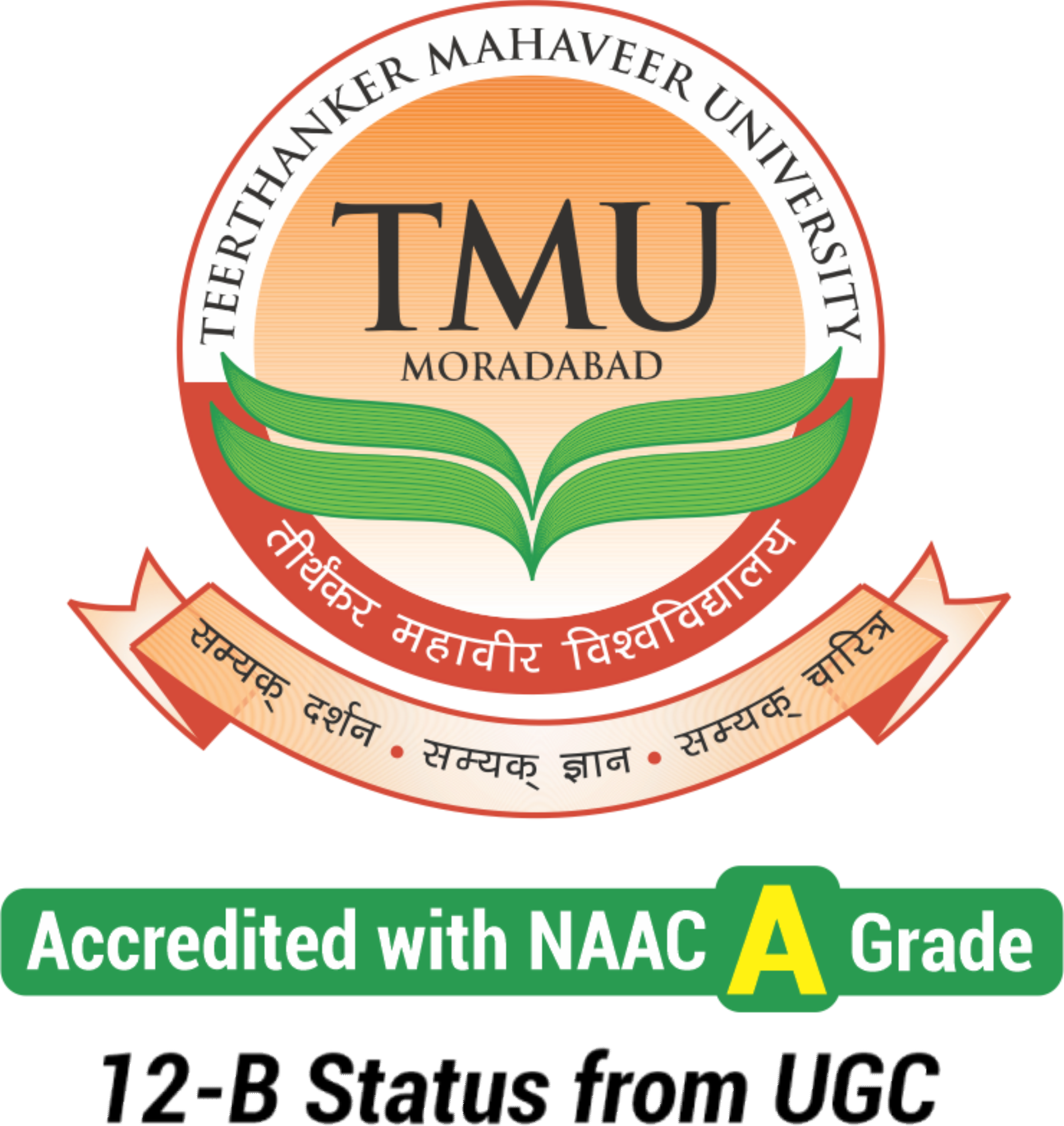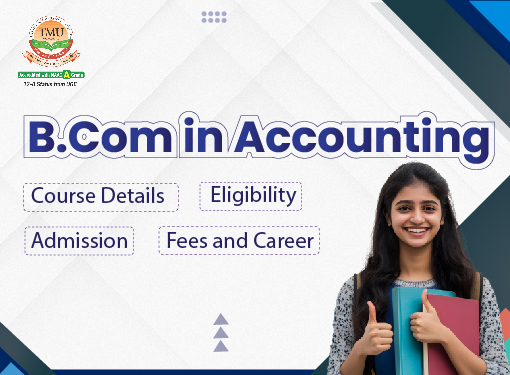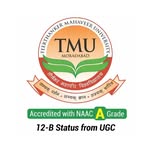How to Choose the Right Course for Your Career Goals
Table of Contents
Choosing the right course is a critical step in shaping your career path. With thousands of options available, it can be overwhelming to pick the one that aligns with your aspirations. Your choice should not only reflect your passion but also provide practical skills and knowledge that enhance your employability.
In this guide, we’ll break down the key factors to consider when selecting a course to ensure it matches your career goals and sets you up for success.
Why Choosing the Right Course Matters
Selecting the right course impacts your career growth, job satisfaction, and future opportunities. Here’s why it matters:
- Increases Employability – A well-chosen course prepares you for job roles that are in demand.
- Boosts Skill Development – Courses help develop technical and soft skills essential for career success.
- Saves Time and Money – Investing in the wrong course can result in wasted resources and delayed career progression.
- Enhances Career Progression – A well-planned course choice can lead to promotions and better job prospects.
By making an informed decision, you avoid regret and ensure that you are on the right track from the beginning.
Teerthanker Mahaveer University
Apply for Admission
Click Here To Apply for Admission
Assessing Your Career Goals
Identifying Your Interests and Strengths
The first step in choosing a course is to understand what excites and motivates you. Ask yourself:
- What subjects or tasks do I enjoy?
- What am I naturally talented at?
- What type of work environment do I see myself in?
Setting Short-Term and Long-Term Goals
Define your career objectives:
- Short-term goals – Where do you see yourself in the next 1-3 years?
- Long-term goals: What is your ultimate career vision in 5 to 10 years?
Having clear goals helps in narrowing down course options that align with your aspirations.
Researching Available Courses
Online vs. Offline Learning Options
Consider whether you prefer an online or offline course based on your learning style:
| Feature | Online Courses | Offline Courses |
| Flexibility | High | Low |
| Cost | Generally lower | Higher due to infrastructure costs |
| Networking Opportunities | Limited (Virtual) | Higher (Face-to-Face) |
| Hands-on Learning | Limited | Better Practical Experience |
Accredited vs. Non-Accredited Courses
- Accredited programs are recognised by educational bodies and offer legitimate qualifications.
- Non-accredited courses may provide valuable skills but may not be accepted by employers.
Always verify that the course is recognised within your industry.
Matching Courses with Industry Demand
Look at market trends and job opportunities related to the course you are considering. Key things to check:
- Job market trends – Are jobs in this field growing or declining?
- Industry demand – Is there a need for professionals in this domain?
- Salary prospects – Does this career path offer financial stability?
For example, fields like data science, cybersecurity, and digital marketing have high demand, whereas some traditional fields may have limited job openings.
Evaluating Course Content and Curriculum
A course’s curriculum should be relevant and updated. Consider the following:
- Does it cover both theoretical and practical knowledge?
- Are there industry-relevant case studies?
- Does it include internships or real-world projects?
A well-structured curriculum ensures that you gain knowledge that can be directly applied in your career.
Checking Course Reviews and Testimonials
Before enrolling in a course, check online reviews and student feedback:
- Read reviews on platforms like Google, Quora, and Trustpilot.
- Join social media groups and forums to ask about experiences.
- Contact alumni for firsthand feedback.
This research helps avoid courses that are outdated or lack credibility.
Considering Budget and Financial Aid
Education can be expensive, so plan your budget accordingly. Options to consider:
- Scholarships and grants — many institutions offer financial aid.
- Employer sponsorship — Some companies fund employee education.
- Flexible payment plans – Check if the institution provides instalment-based payments.
Ensure the course provides value for money before making a financial commitment.
Understanding Career Opportunities After Course Completion
A successful course should offer:
- High job placement rates
- Internship and networking opportunities
- Strong alumni connections
If the course does not lead to promising career opportunities, reconsider your choice.
Seeking Guidance from Mentors and Career Counselors
Professional advice can help in making an informed decision. Seek guidance from:
- Career counsellors—they provide insights based on your skills and interests.
- Industry professionals: experts in the field can guide you with industry expectations.
- Alumni and peers – Their experiences help you understand the course’s real-world value.
Considering Certification and Accreditation
Some industries require specific certifications for job eligibility. Examples include:
- IT: CompTIA, Cisco, AWS certifications
- Finance: CFA, CPA, ACCA
- Healthcare: Certified Nursing Assistant (CNA), Medical Coding
Ensure your course aligns with industry certification standards.
Balancing Passion with Practicality
While passion is important, practical considerations matter too:
- Is the course financially sustainable?
- Are there ample job opportunities?
- Does it align with future industry growth?
Finding a balance between passion and practicality leads to a rewarding career.
Exploring Internship and Hands-on Learning Opportunities
Courses that include practical learning improve employability. Look for:
- Internships – real-world experience during the course.
- Project-based learning – Hands-on tasks to develop skills.
- Industry collaborations – Partnerships with companies for training.
Practical exposure enhances job readiness.
Avoiding Common Mistakes When Choosing a Course
Many students make these mistakes:
- Choosing based on popularity, not personal interest
- Ignoring course accreditation
- Not checking job market demand
- Overlooking financial feasibility
Avoid these pitfalls for a better career path.
Conclusion and Final Tips
Choosing the right course requires research, self-assessment, and planning. By following these steps, you can find a course that aligns with your career aspirations and sets you on the path to success.
Final Tips:
- Define your career goals clearly.
- Research industry trends and job demand
- Consider course accreditation and curriculum
- Seek guidance from experts
- Balance passion with financial and practical considerations
Frequently Asked Questions (FAQs)
Q1: What is the best way to choose the right course?
Ans: Investigate the demand in the industry, evaluate your interests, and verify the accreditation of the course.
Q2: How do I know if a course is accredited?
Ans: Check the institution’s official website and accreditation boards.
Q3: Is online learning as effective as offline courses?
Ans: It depends on the course structure, subject matter, and your learning style.
Q4: Can I switch careers after completing a course?
Ans: Yes, many courses provide transferable skills for career shifts.















